Even while I was experiencing the thrill of owling in Madera Canyon, a cloud hung over my head and dampened the birding mood a tad. That cloud was coming from back home in Minnesota. Minnesota is good at making clouds. Not long after I arrived in Arizona, news broke of a Red Phalarope, the second in as many weeks in Minnesota. A bit of indecision on the first caused me to miss that one, but this second one I was completely helpless to do anything about being over a thousand miles away. Red Phalaropes don’t come around too often; there’s only been like 20 ever in the state. Besides the rarity of it, though, this thing decides to show up in the Cook sewage ponds and was discovered by my birding friend, Julie Grahn. Cook is the town I graduated high school from. In fact, my father-in-law manages those ponds and even saw this bird…as did about 50 other birders. Unbelievable. A mega bird party was raging in the hometown and I was MIA.
The clouds kept billowing, though. Not long after the Red Phalarope was announced, news came of a Brant–A BRANT–in Two Harbors. This was the first Brant that has shown up in the state since I became a birder. Two Harbors and Cook are less than two hours apart. My email and FB were bombarded with ecstatic messages of people going to get the Brant and then simply hopping over to Cook to pick up the Phalarope too. Both birds were super mellow and cooperative for photos, something which didn’t exactly part the clouds. Meanwhile in Arizona, I was like, ‘Yay, a Brewer’s Sparrow!” Don’t get me wrong, I had a great time with great friends in Arizona but the megas couldn’t have come at a worse time.
As days went by with both birds still being reported, I was holding out hope that these lifers would stick for when I got home. We were to fly home on a Sunday, and I had Monday, October 24th off. Getting the birds would mean putting in 11 hours of just driving, not to mention time to search and hastily enjoy the birds. Everything would have to go perfectly, and it would still be utterly exhausting. It didn’t sound fun. I didn’t really want to chase. But I know myself. I would have gone. Those birds were just too compelling. Even when the birds were still being seen on Saturday, I honestly prayed they would just leave. It would just make life so much easier.
Sunday came and we hustled to the airport. As we waited to board, I checked all my reporting outlets for the latest news. Silence. Well, I figured that while my phone was off and I was cruising 35,000 feet above the birding world, something would shake loose and there would be news when I landed. Again, nothing. Finally, toward late in the afternoon, word was slowly seeping out that people had been looking unsuccessfully all day for both birds. It appeared the fun was officially over. I missed it completely.
In a sense I was relieved. I didn’t want to make that insane trip anyway. Tommy and Gordon both knew my angst while we were birding together in Arizona and expressed their condolences. With a now freed up day off on that Monday, I sent Tommy a message that said something to the effect of me having to find my own rarity and create my own fun for the day. Little did I know how prophetic my words would be.
Before we get to that, let’s rewind to pre-Arizona. I had been pouring my birding efforts into finding a Surf Scoter in Kandiyohi County which had no record of that species before. At first glance it might seem like a waste of time to go after something so fervently when no one had ever found such a thing (not even in Ron Erpelding’s 40+ years of birding the county), but probability was suggesting otherwise. Let me explain. Surf Scoters pop up all the time in fall migration around the state. Kandiyohi County has lakes galore. So why couldn’t we have one? That was the question that pushed me out the door during the Surf Scoter migration window to check lake after lake after lake day after day after day. It was tiring, honestly. Show up at a lakeshore, scan, repeat. The result never changed. I was looking for a needle in a haystack; I was trying to find Waldo. It was discouraging to say the least.
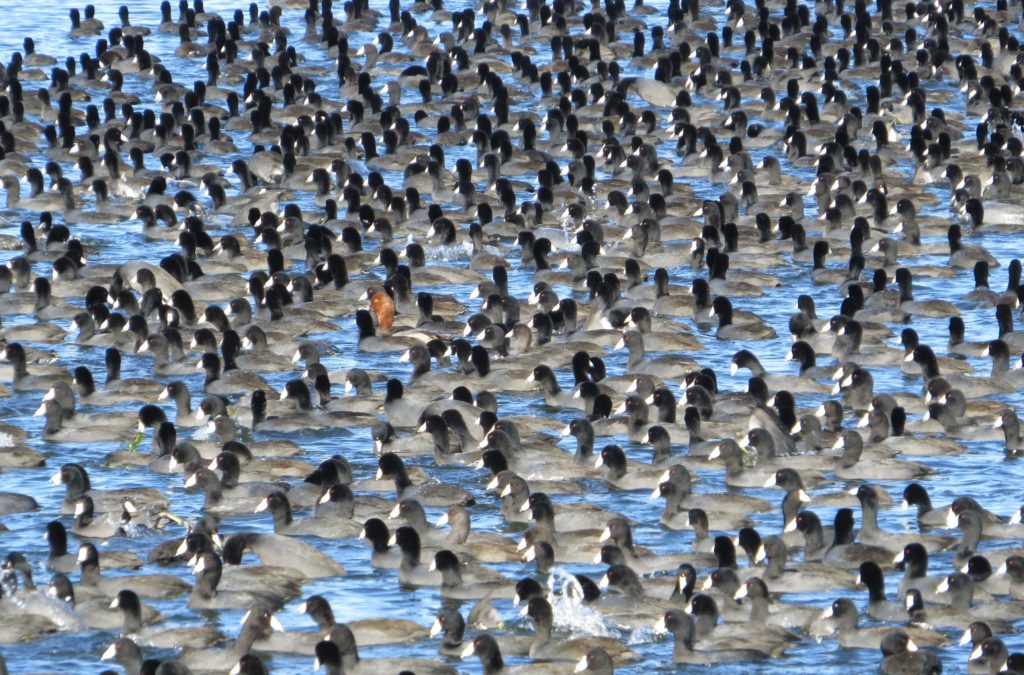 Back to that Monday off, I was doing my lake scanning thing and sinking into a birding funk when I was getting the same dismal results. Except this time it was aggravated by thoughts of those two birds I missed. Anyway, I photographed a duck on Big Kandiyohi Lake that was a long distance off. My blurry photo revealed a shape similar to a Surf Scoter. I passed it on to Randy, and he thought it was good enough to warrant a trip out there himself to take a look. So Randy and I met up at Big Kandi, and we used his high powered scope and found…nothing. Randy asked what we should do next. I suggested that Lake Lillian was close by and worth a look. Not feeling the greatest, Randy declined and sent his scope with me.
Back to that Monday off, I was doing my lake scanning thing and sinking into a birding funk when I was getting the same dismal results. Except this time it was aggravated by thoughts of those two birds I missed. Anyway, I photographed a duck on Big Kandiyohi Lake that was a long distance off. My blurry photo revealed a shape similar to a Surf Scoter. I passed it on to Randy, and he thought it was good enough to warrant a trip out there himself to take a look. So Randy and I met up at Big Kandi, and we used his high powered scope and found…nothing. Randy asked what we should do next. I suggested that Lake Lillian was close by and worth a look. Not feeling the greatest, Randy declined and sent his scope with me.
I continued to poke around Big Kandi and had only left myself about 20 minutes to check Lake Lillian before I had to leave to go pick up my kids from school. I was going to burn that time at the Lake Lillian sewage ponds, but I saw something there as I drove up that I had never seen before–someone else walking around the ponds with dogs! That caused me to turn around immediately. I now had about 15 minutes to check Lake Lillian by driving along the eastern shore. Hundreds of ducks were right close to the shore which is unusual. So I would stop, scan, drive, stop, scan, and so on. More of the same. More sighs. I got to the very northeast corner of the lake, just before it disappeared from sight and saw a handful of ducks. By this time I literally had a minute to look. I was pushing it. But holy moly, two dark, bulky ducks started paddling away from shore and I could instantly see with my naked eyes that they were Scoters!! But which ones? I already had White-winged Scoter for the county. I couldn’t get my binoculars up fast enough, fumbling them while I tried. But once they were up, the bins revealed what I had been searching for so hard, two Surf Scoters! What a moment that was. But, oh crap, kids! I snapped some quick, horrid doc shots for proof (my hands were shaking pretty good at this point) and tore out of there.
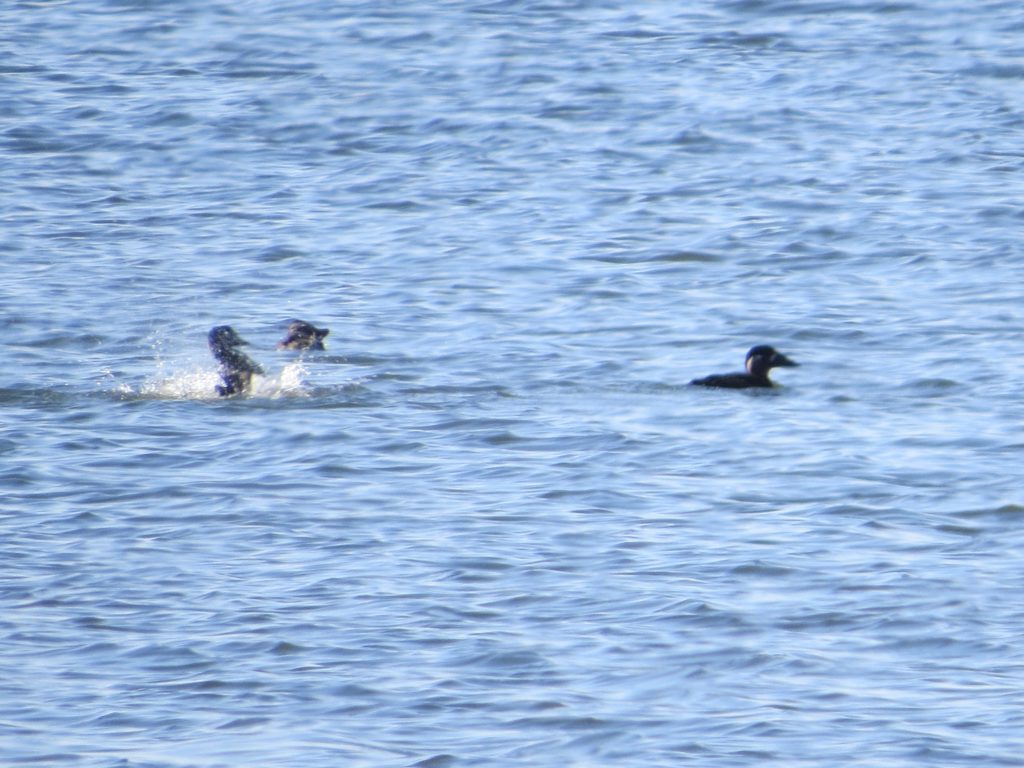
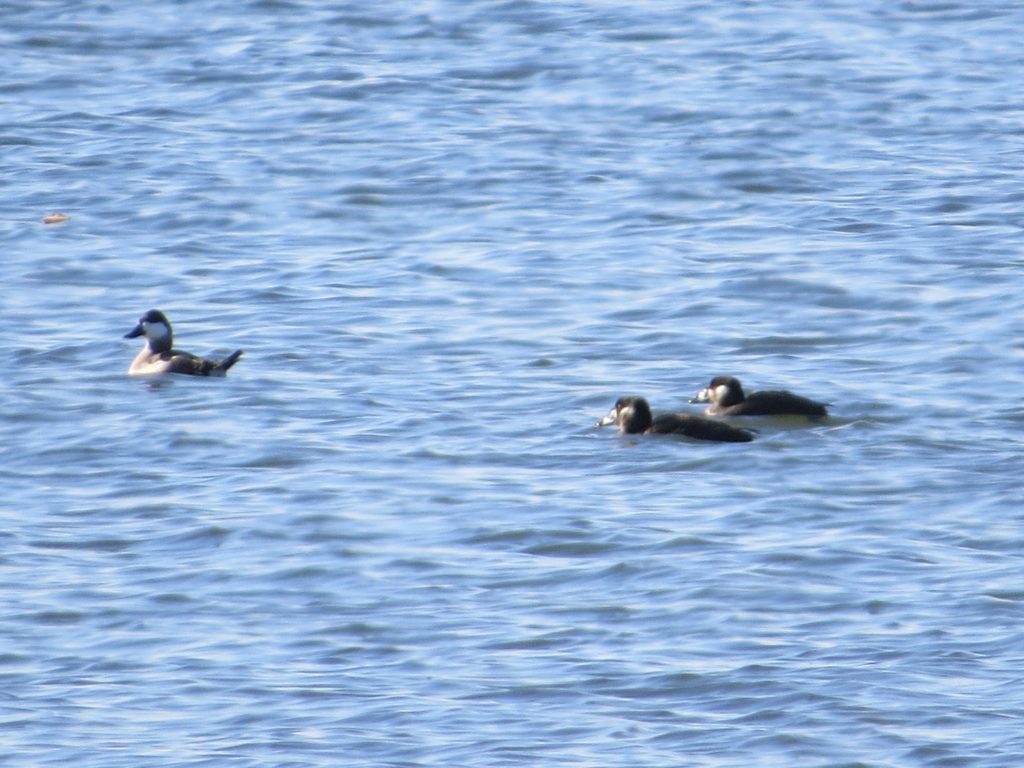 The phone calls to other birders began in earnest as I was making my way to the kids’ school, officially well behind schedule. Eyes were now trained to look for Kandiyohi County Sheriff squad cars instead of birds. Once Randy Frederickson realized I wasn’t lying to him on the phone, the expletives came easy and a coherent plan for him getting down there did not. Remember, I had his scope, and I had to get my kids. There wasn’t time to meet up to exchange the scope. It was a mess, but a good mess. Steve Gardner, the 20-year Army vet, was able to act cool under the pressure and hatched a plan to pick up Randy and get down there quickly with Steve’s scope. Once I got the kids from school and coordinated a drop-off with Melissa, I raced back to Lake Lillian with Randy’s scope. I figured it was a moot point now, thinking the guys had the birds. But they weren’t finding them, and Ron Erpelding was also there looking with his scope. Finally, after nearly three hours of searching, the three of them found the Scoters and added a very long awaited county bird. For Steve it had the bonus of being a life bird.
The phone calls to other birders began in earnest as I was making my way to the kids’ school, officially well behind schedule. Eyes were now trained to look for Kandiyohi County Sheriff squad cars instead of birds. Once Randy Frederickson realized I wasn’t lying to him on the phone, the expletives came easy and a coherent plan for him getting down there did not. Remember, I had his scope, and I had to get my kids. There wasn’t time to meet up to exchange the scope. It was a mess, but a good mess. Steve Gardner, the 20-year Army vet, was able to act cool under the pressure and hatched a plan to pick up Randy and get down there quickly with Steve’s scope. Once I got the kids from school and coordinated a drop-off with Melissa, I raced back to Lake Lillian with Randy’s scope. I figured it was a moot point now, thinking the guys had the birds. But they weren’t finding them, and Ron Erpelding was also there looking with his scope. Finally, after nearly three hours of searching, the three of them found the Scoters and added a very long awaited county bird. For Steve it had the bonus of being a life bird.
Many others came for the Scoters as well and were successful. I got down there a second time a few days later and was able to enjoy the pair in a more relaxed fashion. Scoters are bulky ducks that really stand out.
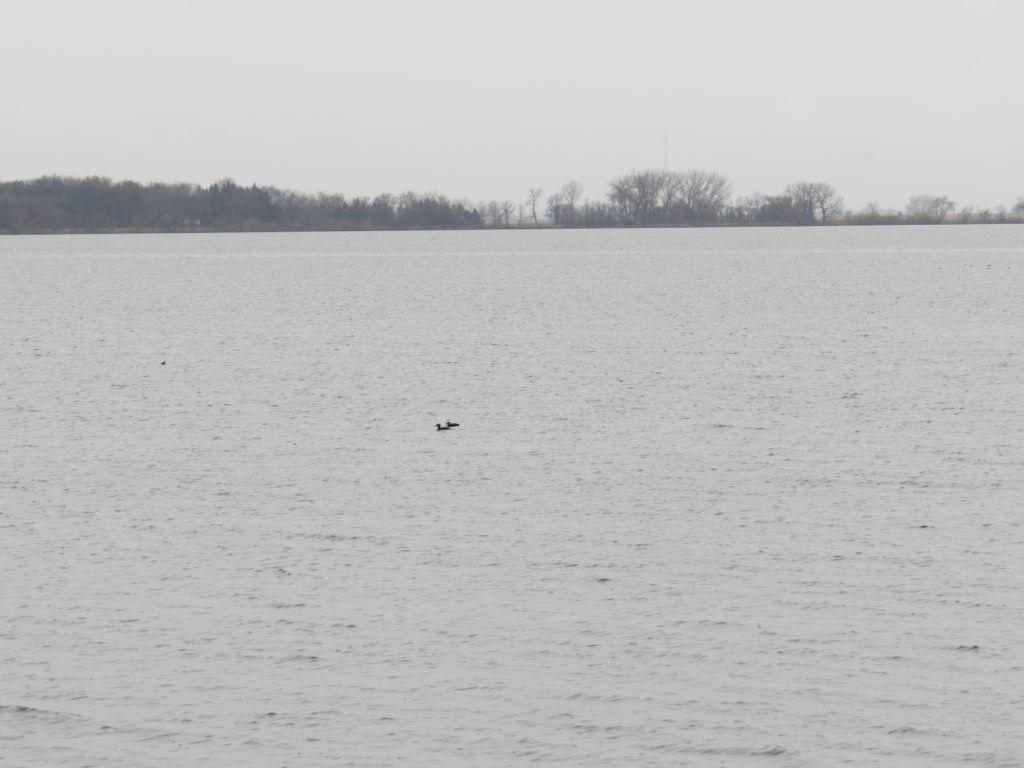
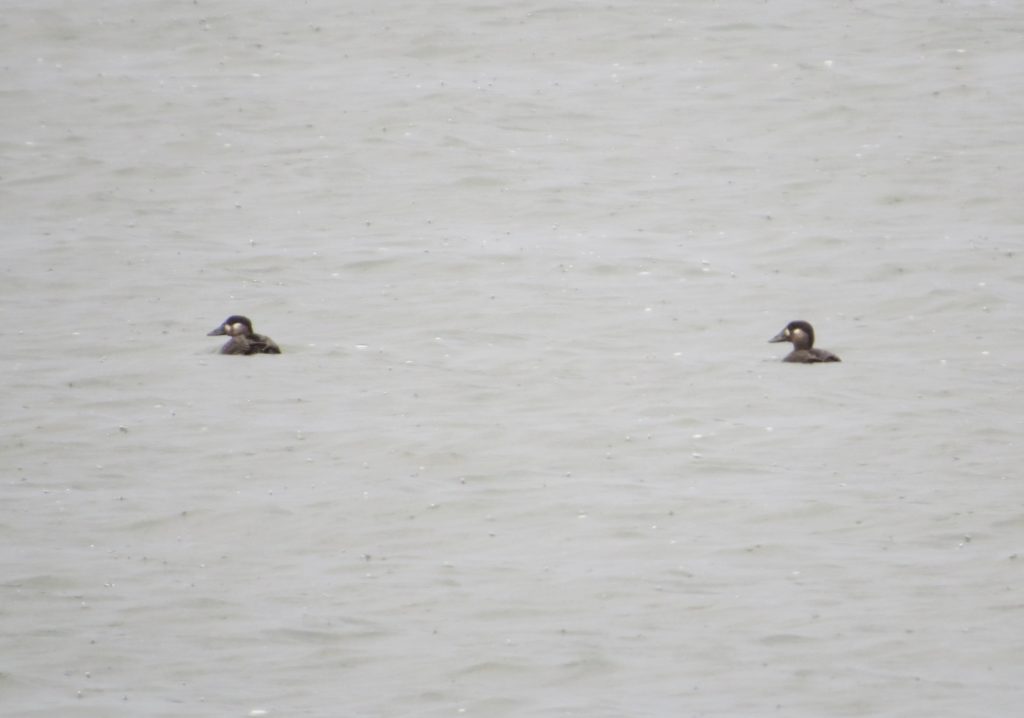
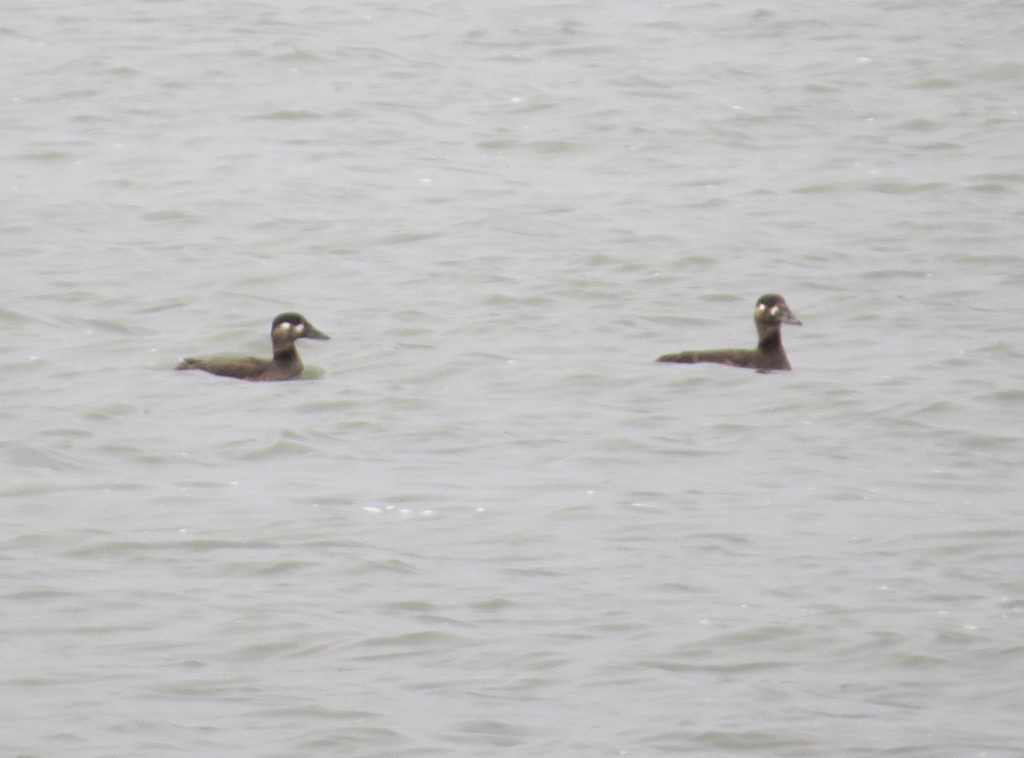
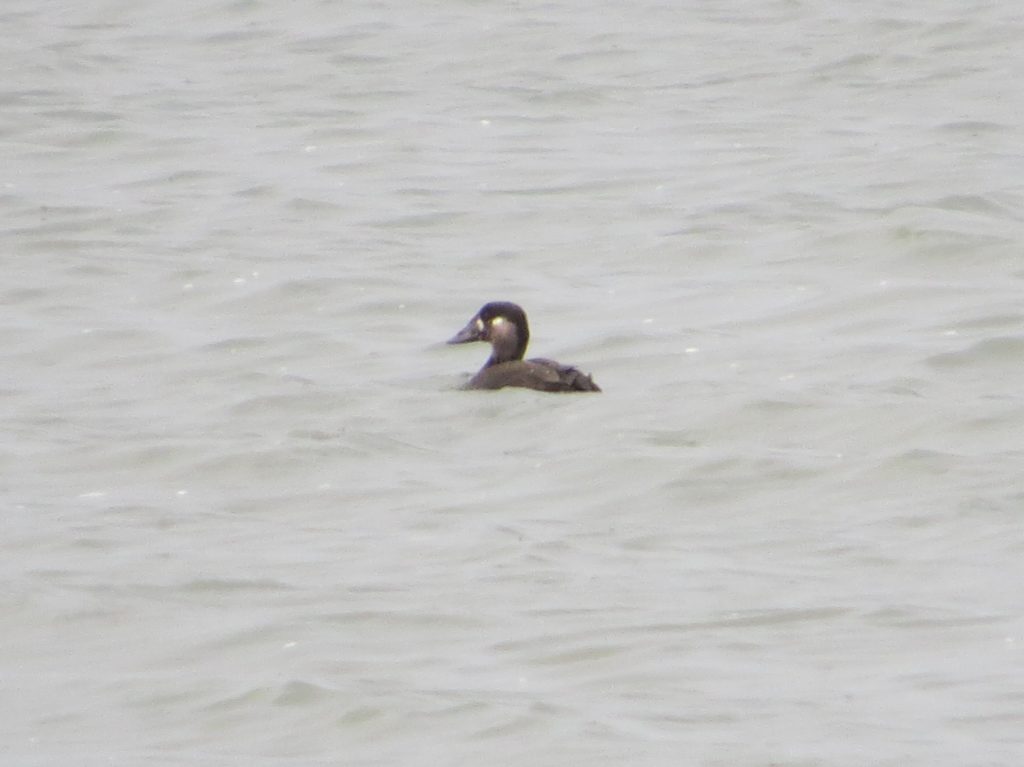 About a month later, Randy found a Surf Scoter on a different part of Lake Lillian. Whether it is one of these two is anybody’s guess, but this bird was much more cooperative hanging out just 50 feet off shore. In fact, I just saw it this morning–same exact spot.
About a month later, Randy found a Surf Scoter on a different part of Lake Lillian. Whether it is one of these two is anybody’s guess, but this bird was much more cooperative hanging out just 50 feet off shore. In fact, I just saw it this morning–same exact spot.
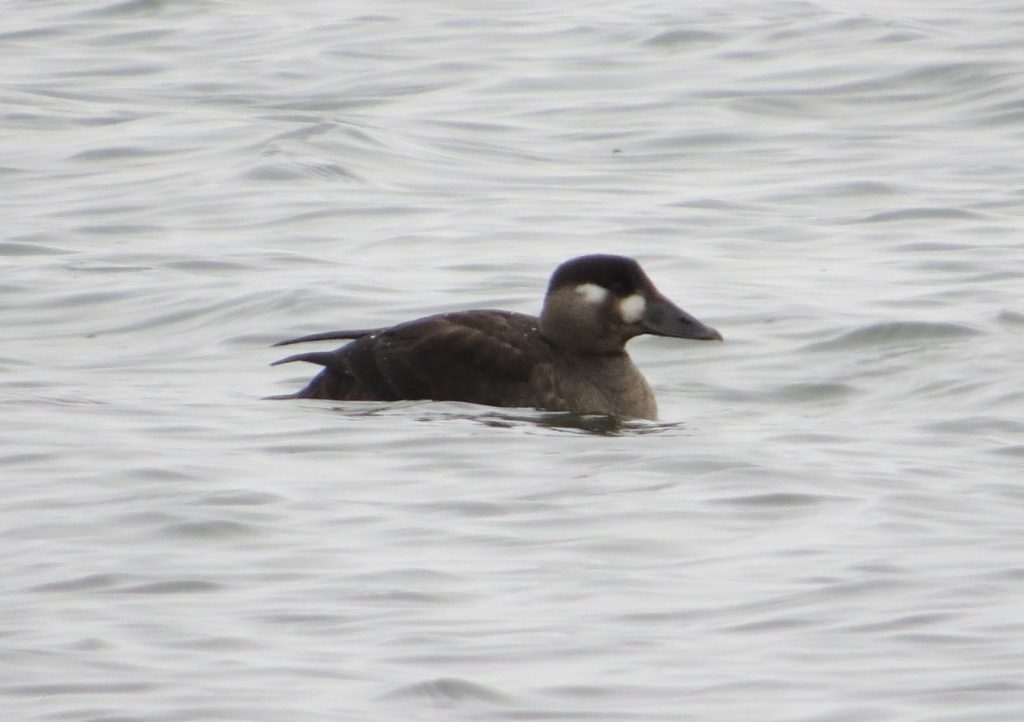
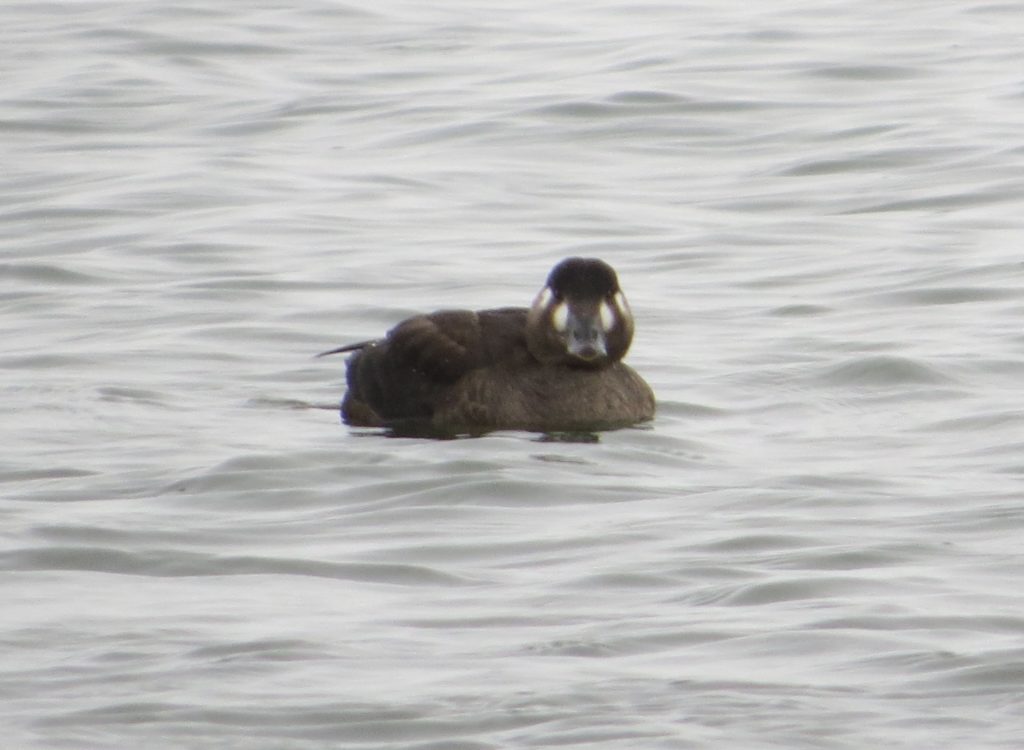 October 24th ended up being a day better than I could have imagined. Rare bird chases for things like the Red Phalarope or Brant are fun, but they are quickly forgotten. It seems the most memorable chases are the most heart-wrenching misses. While I have enjoyed and loathed many chases, nothing beats finding your own rarity. And finding a rarity when you’ve been searching for it all along beats one that is found by serendipity. But enough pontificating. Kandiyohi County has never had a Black Scoter–back to work I go.
October 24th ended up being a day better than I could have imagined. Rare bird chases for things like the Red Phalarope or Brant are fun, but they are quickly forgotten. It seems the most memorable chases are the most heart-wrenching misses. While I have enjoyed and loathed many chases, nothing beats finding your own rarity. And finding a rarity when you’ve been searching for it all along beats one that is found by serendipity. But enough pontificating. Kandiyohi County has never had a Black Scoter–back to work I go.


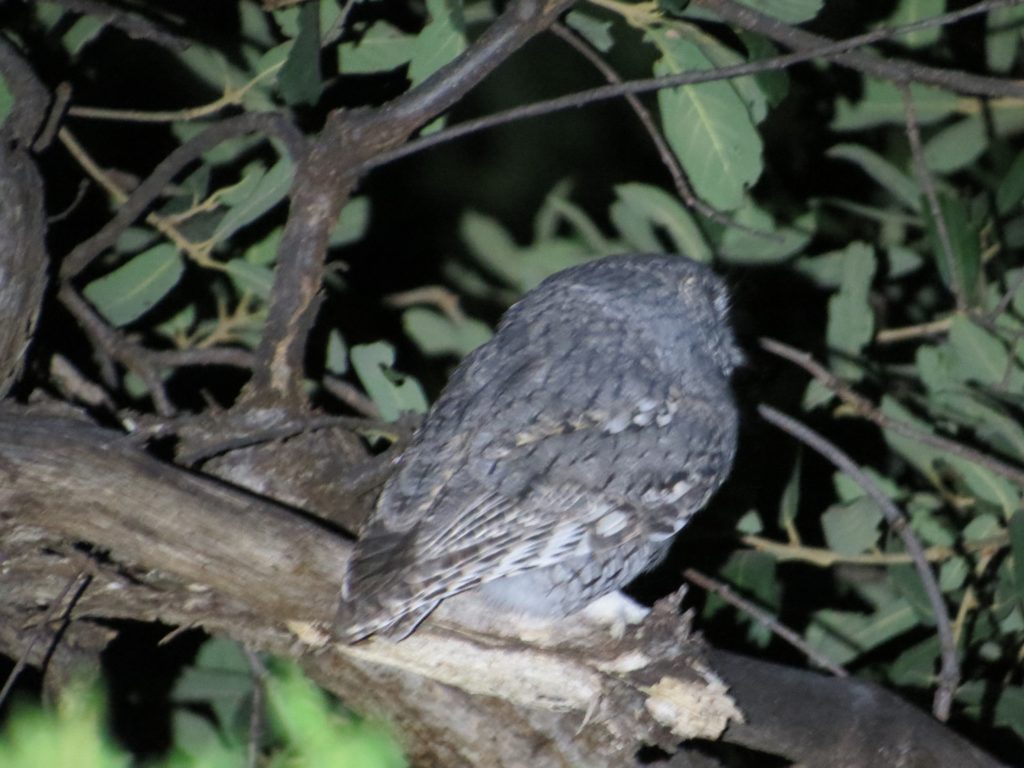 As we crept along the canyon hillside to get in a better position to see the Owl’s face, it suddenly flew off! We could not find it again. The satisfaction of getting the lifer was muted by the Owl showing us his bad side and only briefly at that. Would this be my lifer sighting–the side view of a bird? The discouragement was returning the longer we weren’t finding it. Again, Tommy never panicked or wavered; he just kept that flashlight moving. And then I heard him say those awesome words that I have heard him say so many times before, “Hey, Josh!”
As we crept along the canyon hillside to get in a better position to see the Owl’s face, it suddenly flew off! We could not find it again. The satisfaction of getting the lifer was muted by the Owl showing us his bad side and only briefly at that. Would this be my lifer sighting–the side view of a bird? The discouragement was returning the longer we weren’t finding it. Again, Tommy never panicked or wavered; he just kept that flashlight moving. And then I heard him say those awesome words that I have heard him say so many times before, “Hey, Josh!”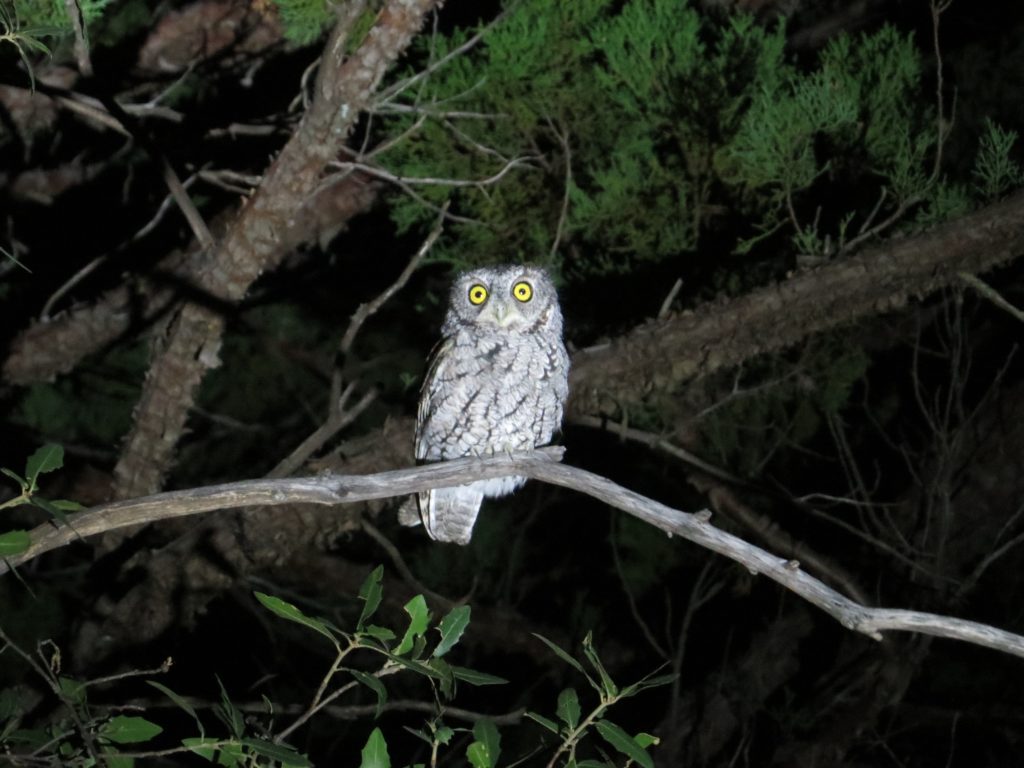 This, this is what I had been waiting/hoping for. Tommy did it.
This, this is what I had been waiting/hoping for. Tommy did it.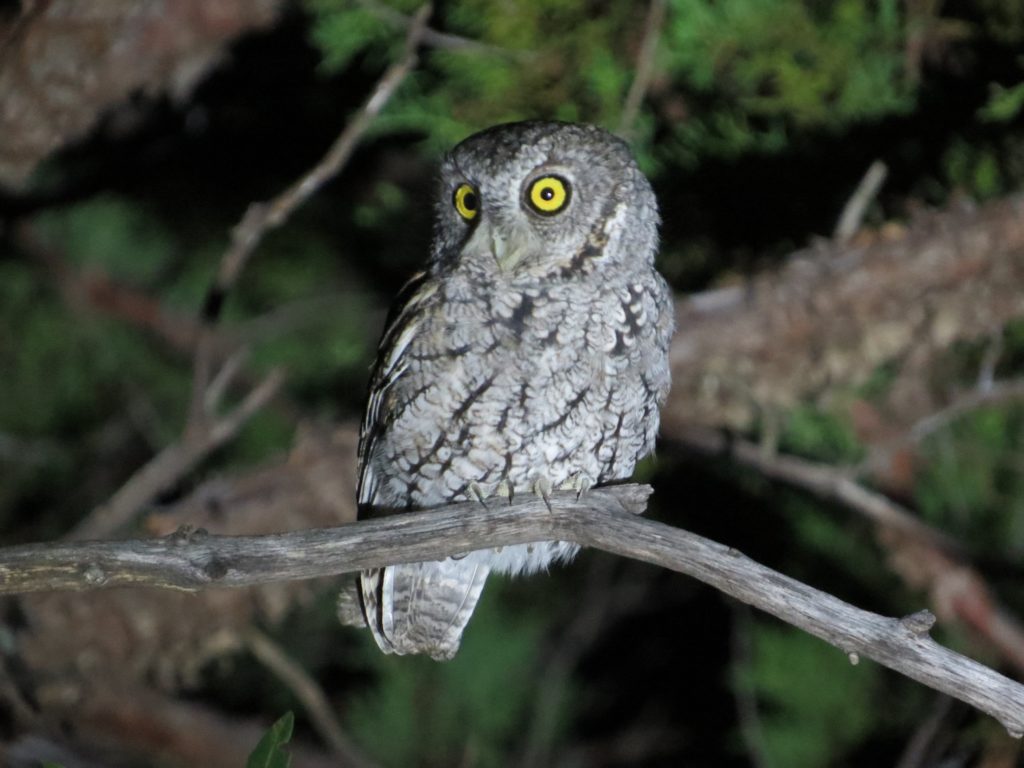 This Owl was very cooperative (finally) and just let us enjoy the show.
This Owl was very cooperative (finally) and just let us enjoy the show.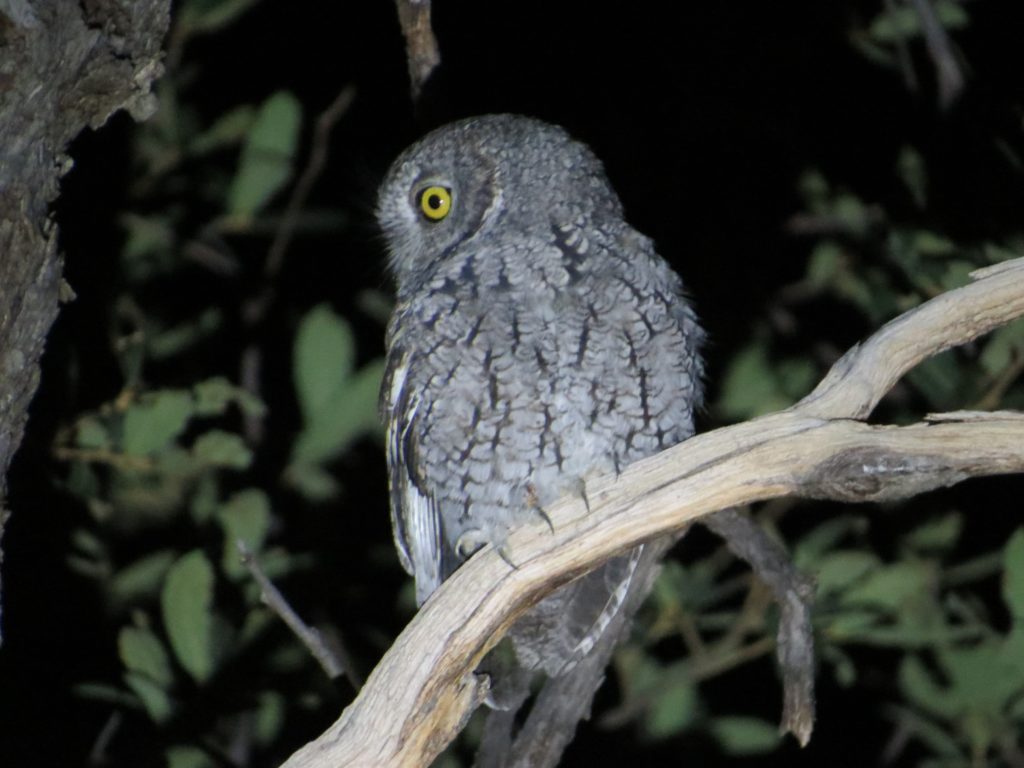
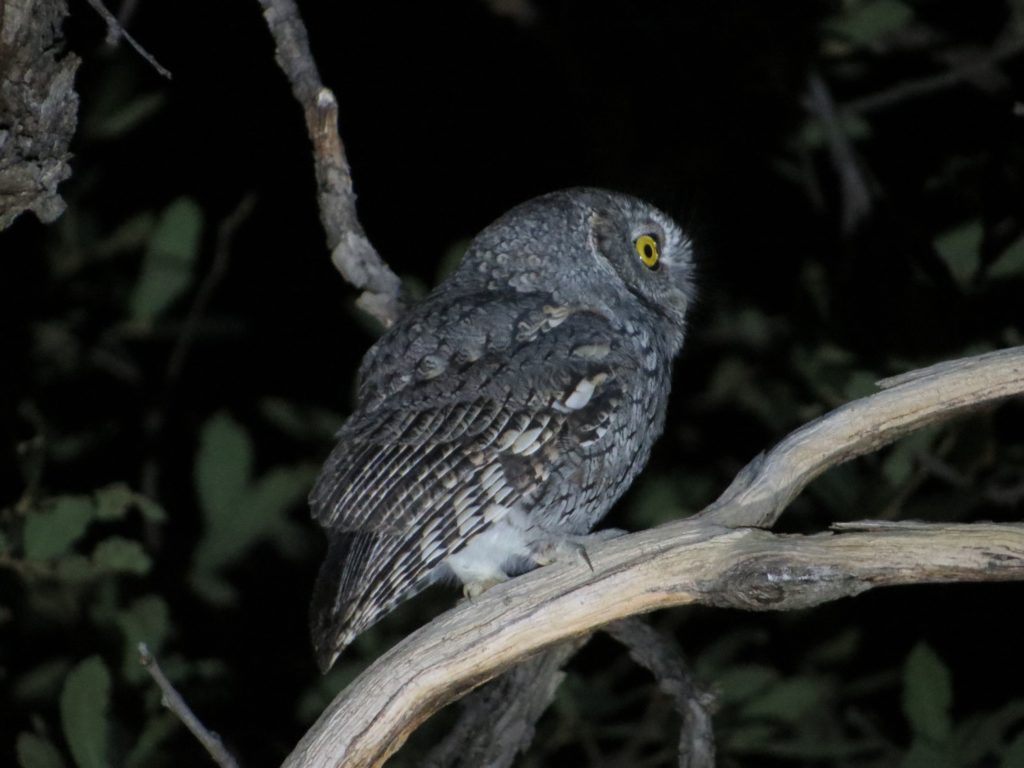 Maybe I had it backwards. Maybe it was the Owl who was enjoying the show of four happy birders who had just succeeded on their mission.
Maybe I had it backwards. Maybe it was the Owl who was enjoying the show of four happy birders who had just succeeded on their mission.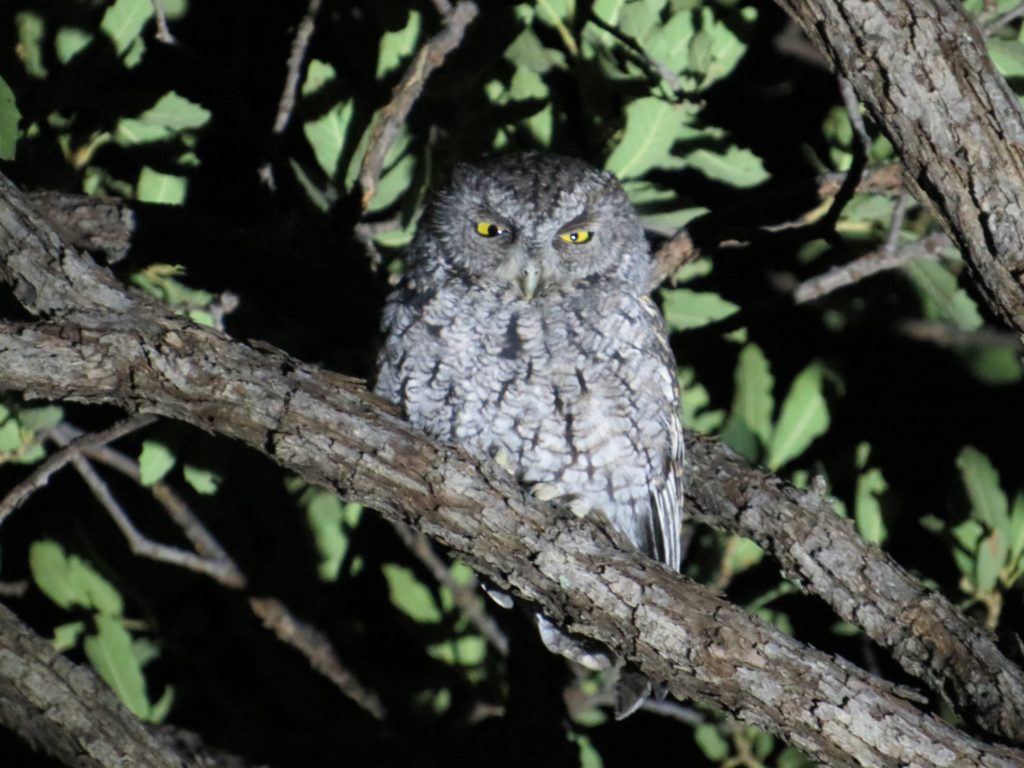
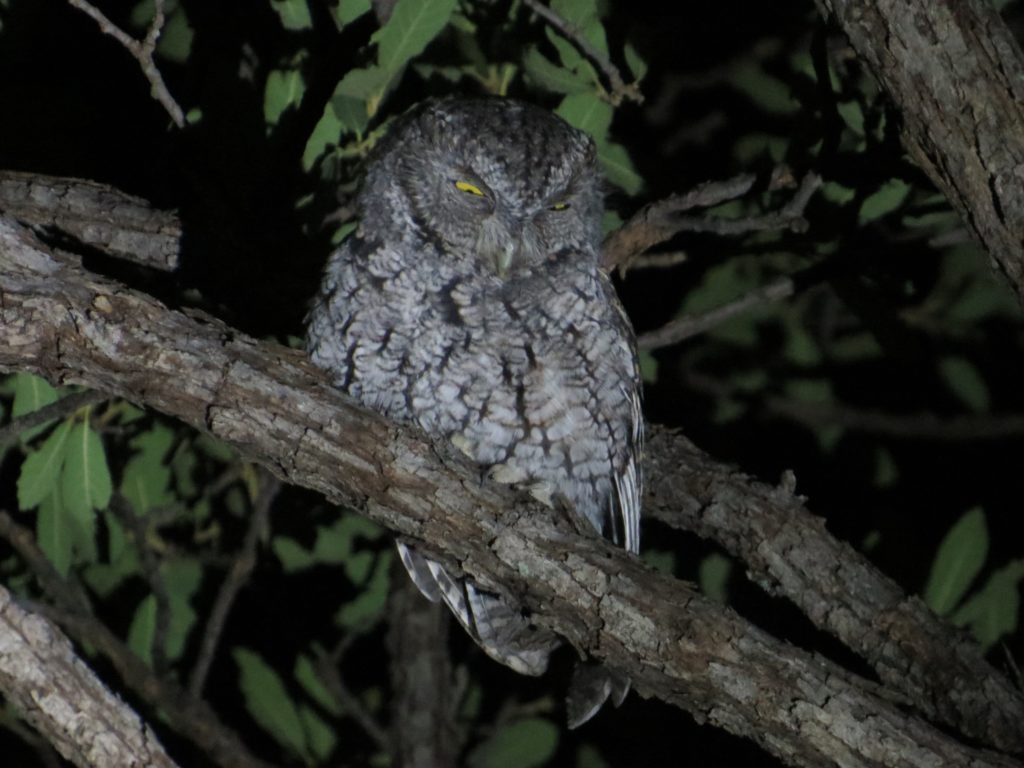
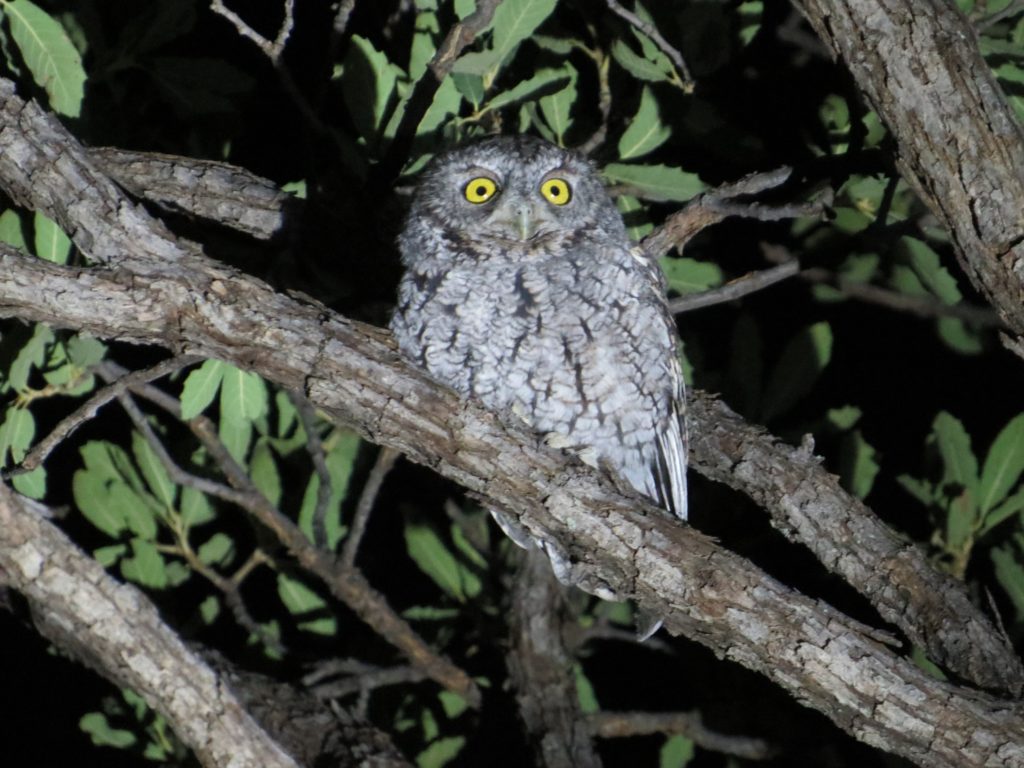 At this point Dad went back to the car on account of a knee that was giving him fits. Gordon, Tommy, and I decided we would try for more Whiskered Screeches. Why not?
At this point Dad went back to the car on account of a knee that was giving him fits. Gordon, Tommy, and I decided we would try for more Whiskered Screeches. Why not?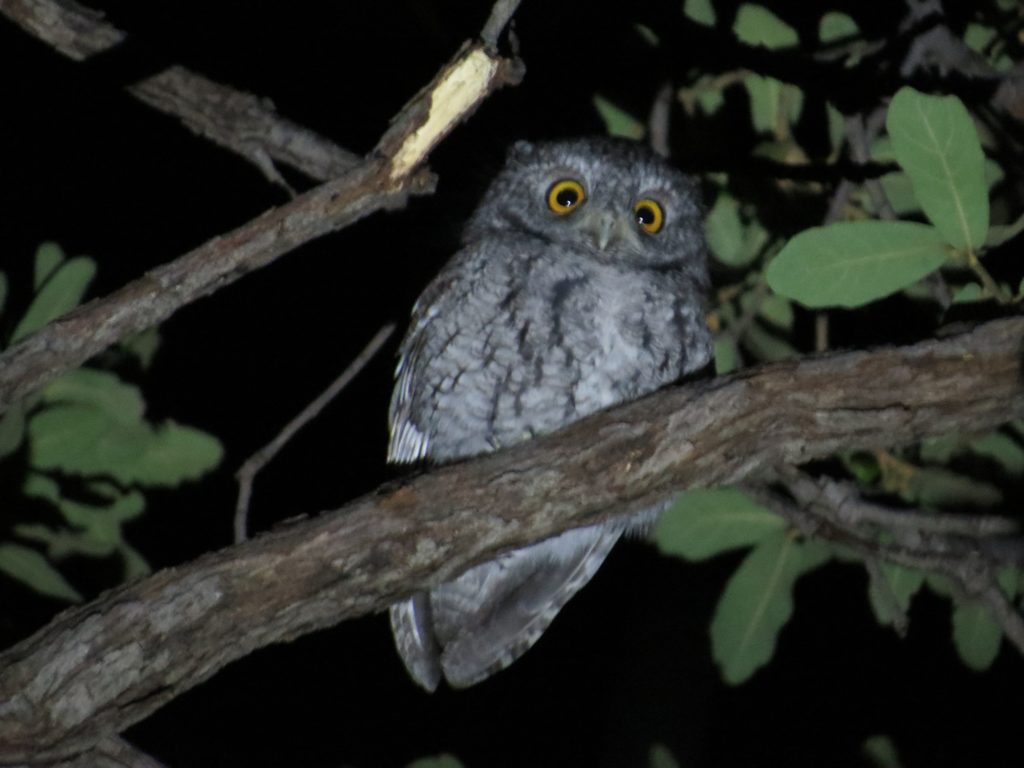 Hearing this vocalization was an exciting learning experience for Tommy. It wasn’t as cool as the Morse-code calling we heard the adult make earlier, but it was still pretty neat regardless. Have a listen for yourself:
Hearing this vocalization was an exciting learning experience for Tommy. It wasn’t as cool as the Morse-code calling we heard the adult make earlier, but it was still pretty neat regardless. Have a listen for yourself: Two Owl lifers remain for me in Arizona. The question is not whether Tommy can help find them, but rather, will it happen in 2017? Time will tell.
Two Owl lifers remain for me in Arizona. The question is not whether Tommy can help find them, but rather, will it happen in 2017? Time will tell.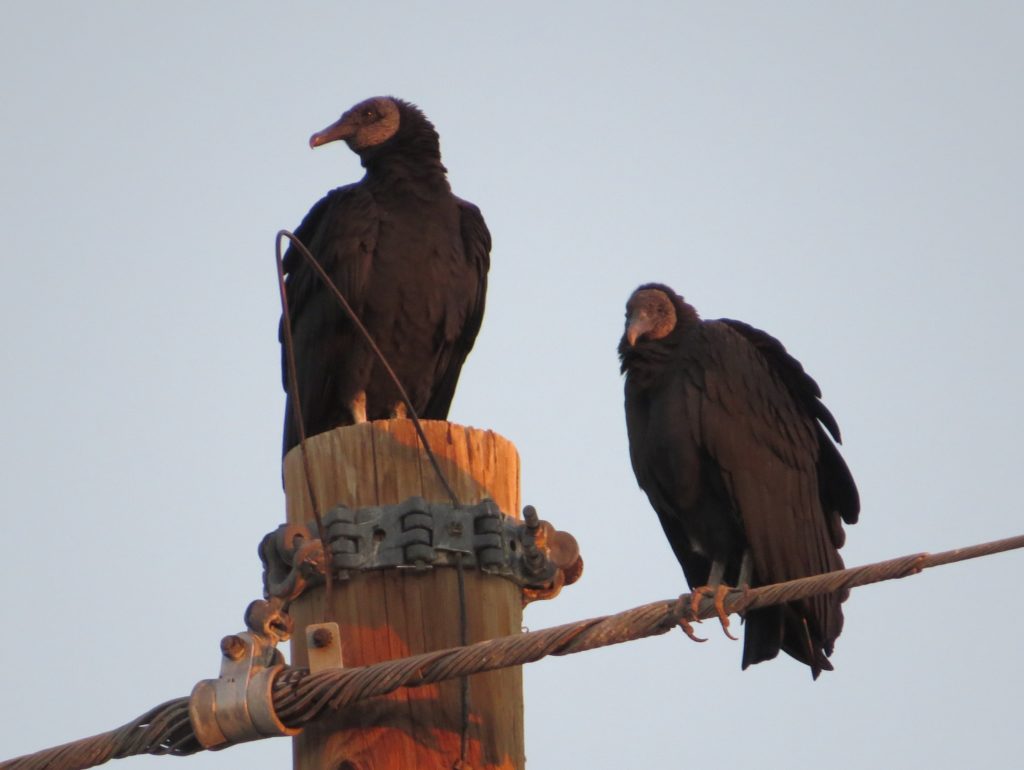
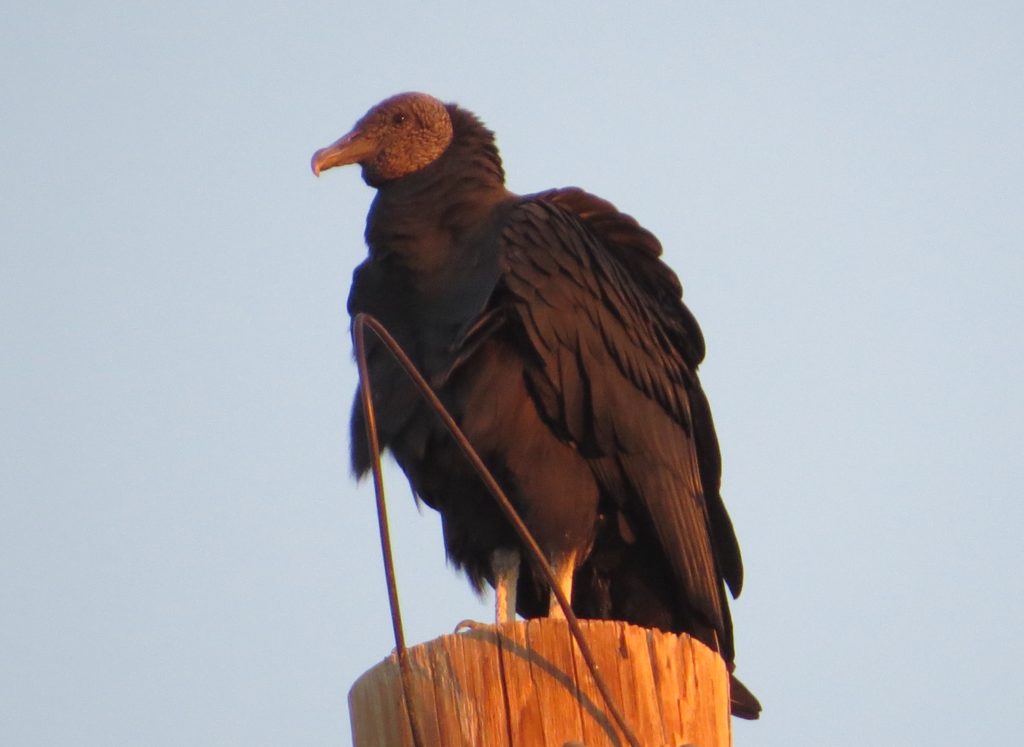 Eventually they did lift off allowing us to see the white “hands” of the underwing, but I wasn’t able to capture a photo of it. Later in the trip, though, I spied a small kettle of this new-to-me Vulture and was able to photograph them in flight.
Eventually they did lift off allowing us to see the white “hands” of the underwing, but I wasn’t able to capture a photo of it. Later in the trip, though, I spied a small kettle of this new-to-me Vulture and was able to photograph them in flight.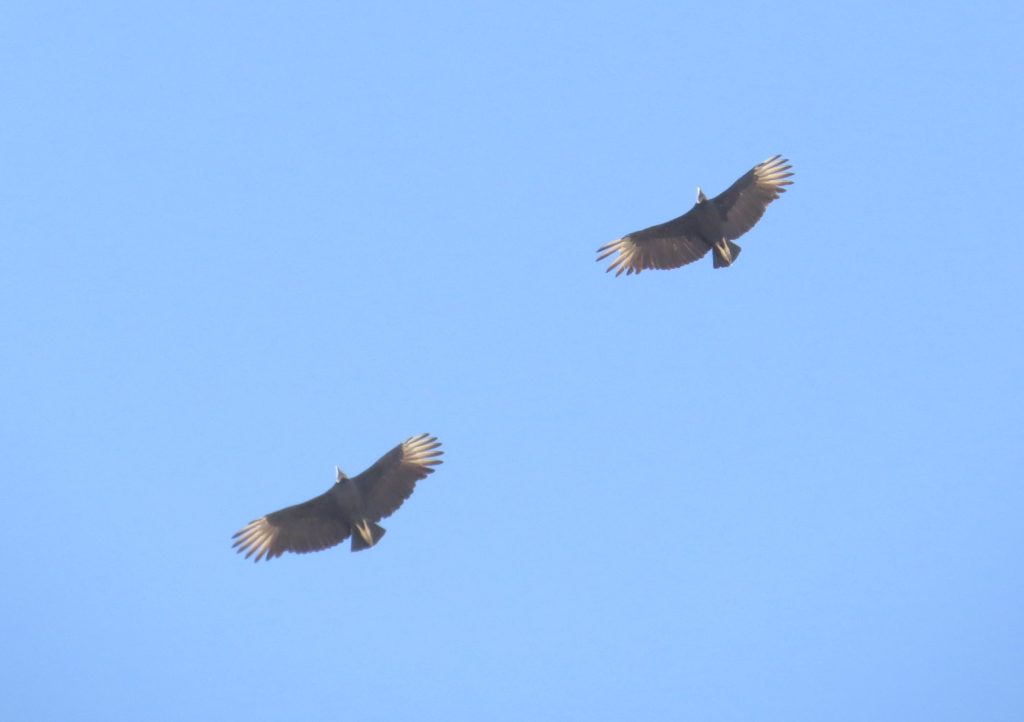 While I was Vulture-hunting with Dad and Gordon, Tommy called saying he had located the Tricolored Heron. So we headed over. Unfortunately it was distant and horribly back-lit and not providing the shocking, up-close looks a lot of birders have gotten of it recently. Tommy and I spent a lot of time trying to find a way to get closer to the bird but we were striking out. On our way out of GWR, we spotted it flying to a better location and I was able to get some photos.
While I was Vulture-hunting with Dad and Gordon, Tommy called saying he had located the Tricolored Heron. So we headed over. Unfortunately it was distant and horribly back-lit and not providing the shocking, up-close looks a lot of birders have gotten of it recently. Tommy and I spent a lot of time trying to find a way to get closer to the bird but we were striking out. On our way out of GWR, we spotted it flying to a better location and I was able to get some photos.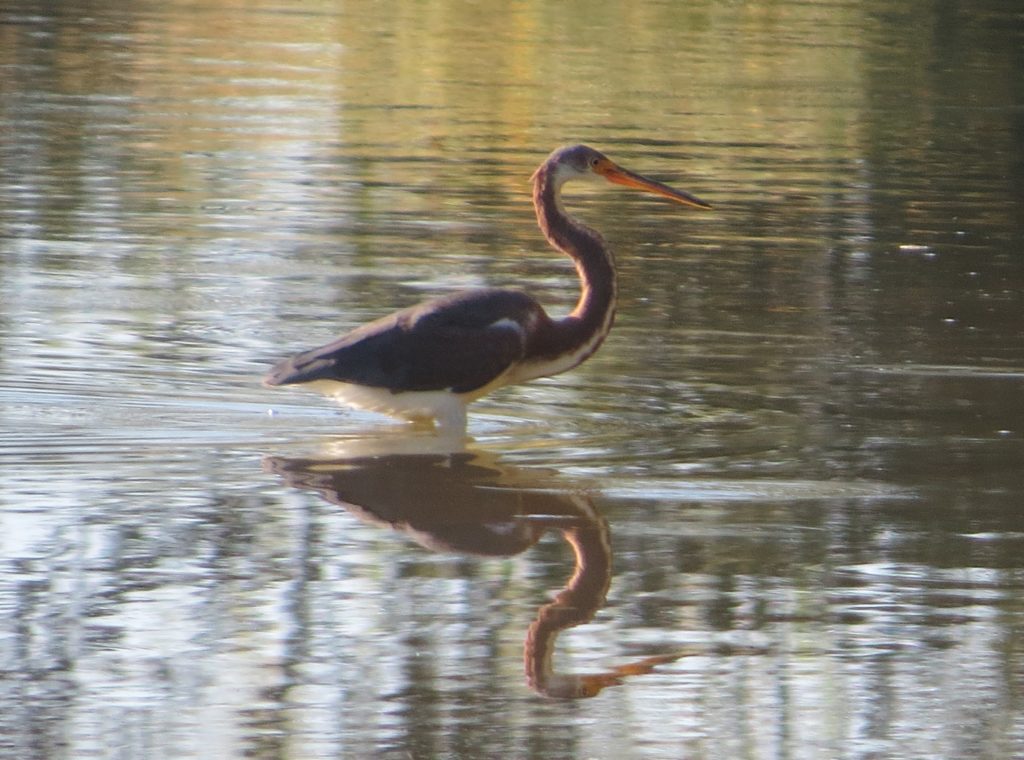 After this brief morning outing with the main objective birds secured, we parted company with Tommy and Gordon–we would all later be meeting up that evening in Madera Canyon in southern Arizona to go after the #1 bird of the trip. Once the family was all settled in our Green Valley hotel, Dad and I headed out once again to meet Tommy and Gordon at the Santa Rita Lodge. After watching a couple Magnificent Hummingbirds on the feeders, we decided to use the last half hour of daylight to try for one more lifer, a Rufous-winged Sparrow. Tommy knew just where to go, and he did not disappoint.
After this brief morning outing with the main objective birds secured, we parted company with Tommy and Gordon–we would all later be meeting up that evening in Madera Canyon in southern Arizona to go after the #1 bird of the trip. Once the family was all settled in our Green Valley hotel, Dad and I headed out once again to meet Tommy and Gordon at the Santa Rita Lodge. After watching a couple Magnificent Hummingbirds on the feeders, we decided to use the last half hour of daylight to try for one more lifer, a Rufous-winged Sparrow. Tommy knew just where to go, and he did not disappoint.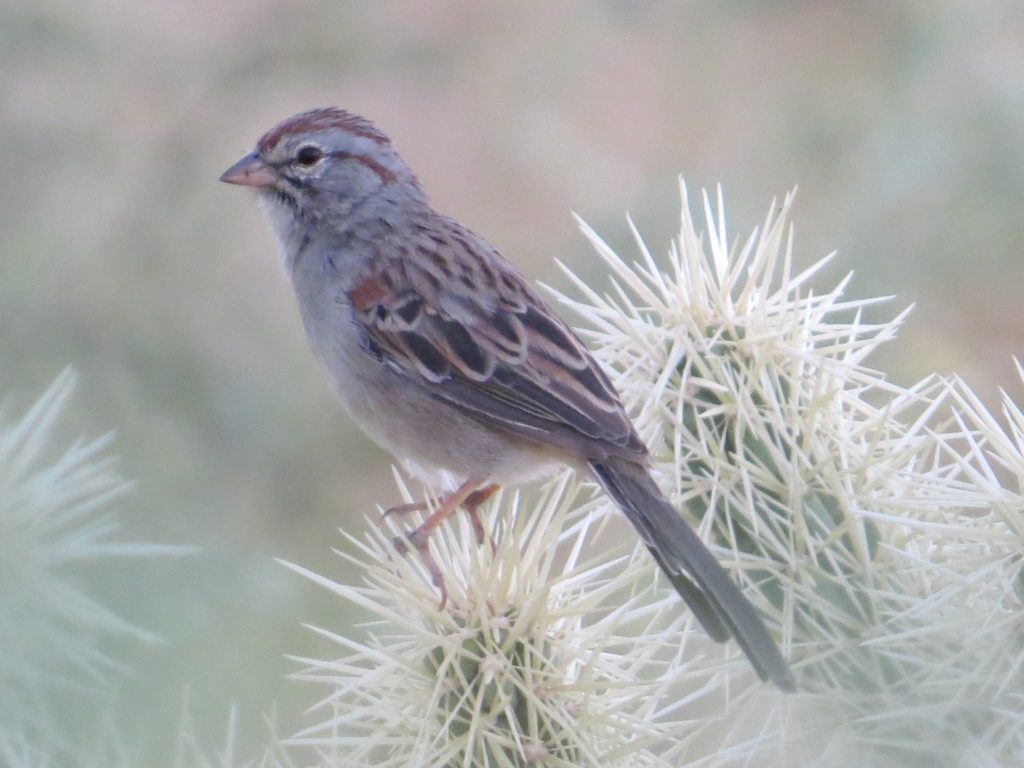
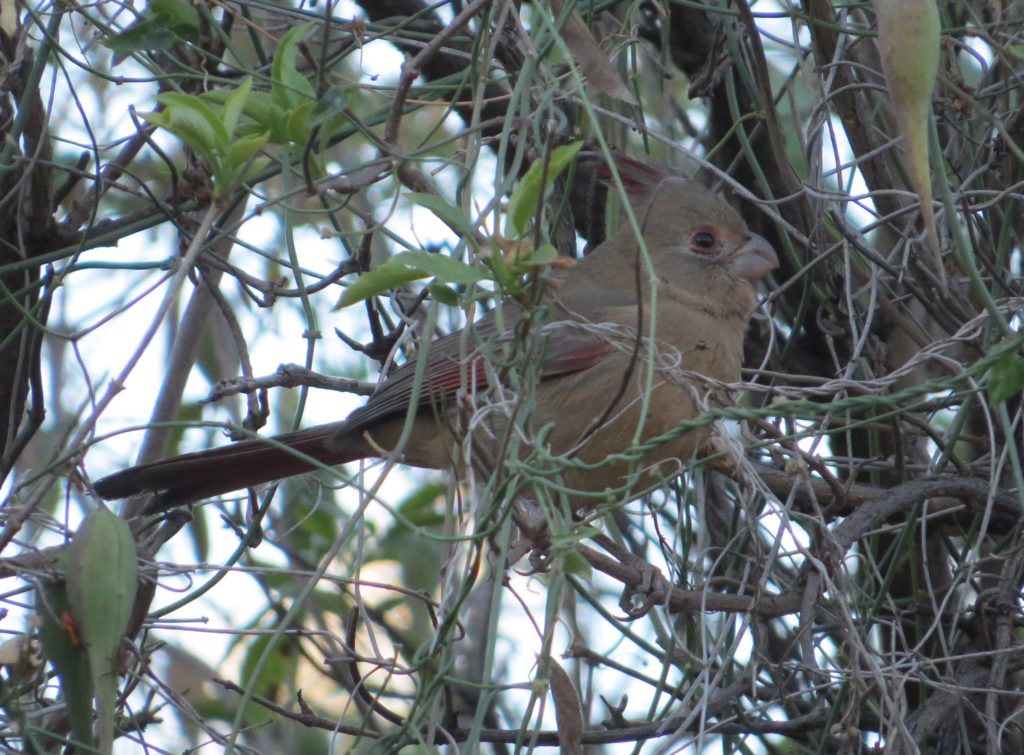 The only other lifer on this walk was a Gray Flycatcher that Tommy detected. I continue to be amazed by how much I find myself liking Empids.
The only other lifer on this walk was a Gray Flycatcher that Tommy detected. I continue to be amazed by how much I find myself liking Empids.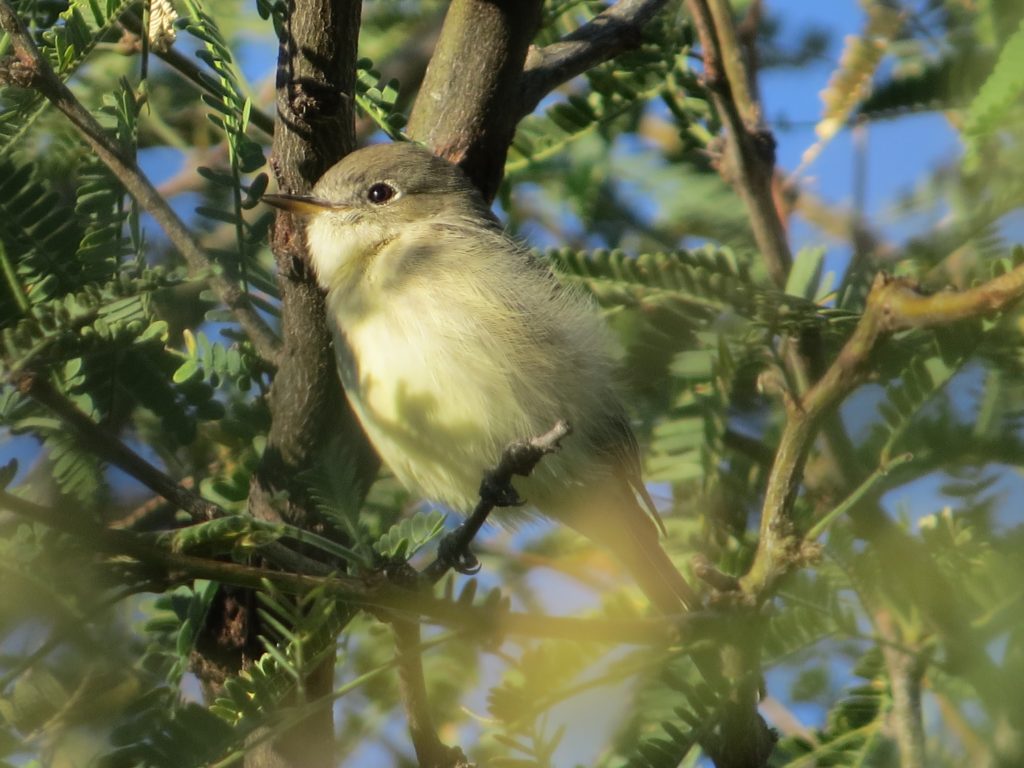 Finally, the last lifer is one I picked up in the desert scrub around the hotel. Lifering around the parking lot while waiting for the family has become sort of a tradition now. While last year I picked up Rock Wren and Cassin’s Kingbird lifers at the hotel, this year I found a cheerful little flock of Brewer’s Sparrows.
Finally, the last lifer is one I picked up in the desert scrub around the hotel. Lifering around the parking lot while waiting for the family has become sort of a tradition now. While last year I picked up Rock Wren and Cassin’s Kingbird lifers at the hotel, this year I found a cheerful little flock of Brewer’s Sparrows.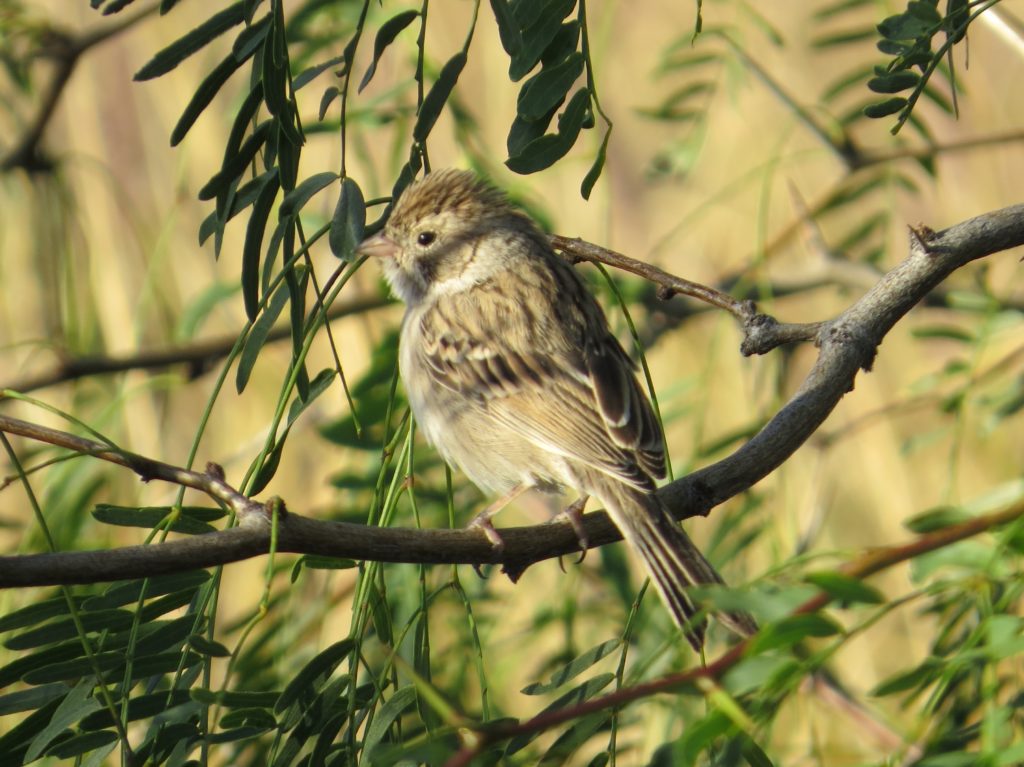 I’m saving the best for last and putting it in a post all on its own. Nightbirding usually means one thing: Owls. Coming up is a multimedia post of our successful night. Stay tuned!
I’m saving the best for last and putting it in a post all on its own. Nightbirding usually means one thing: Owls. Coming up is a multimedia post of our successful night. Stay tuned!